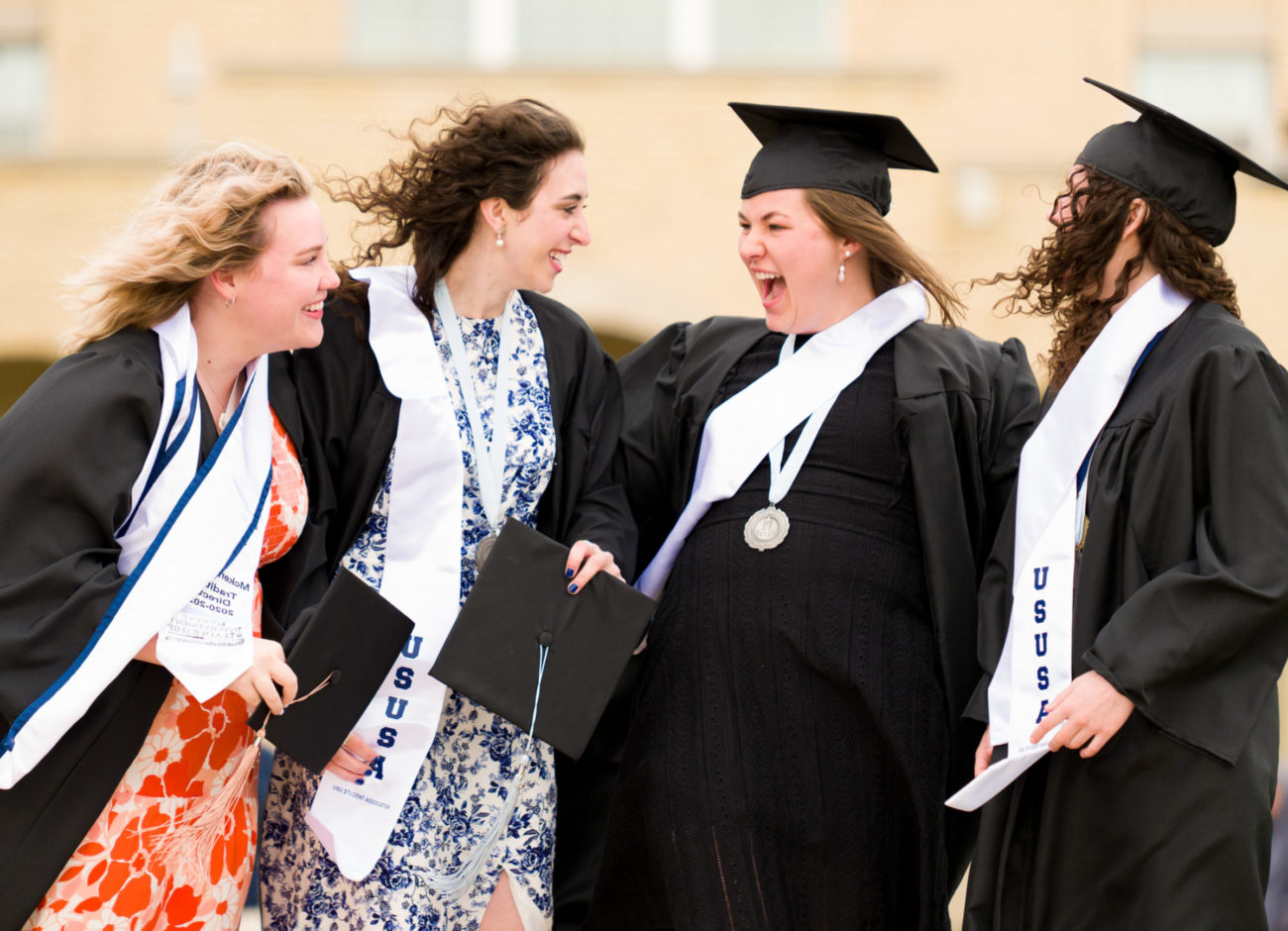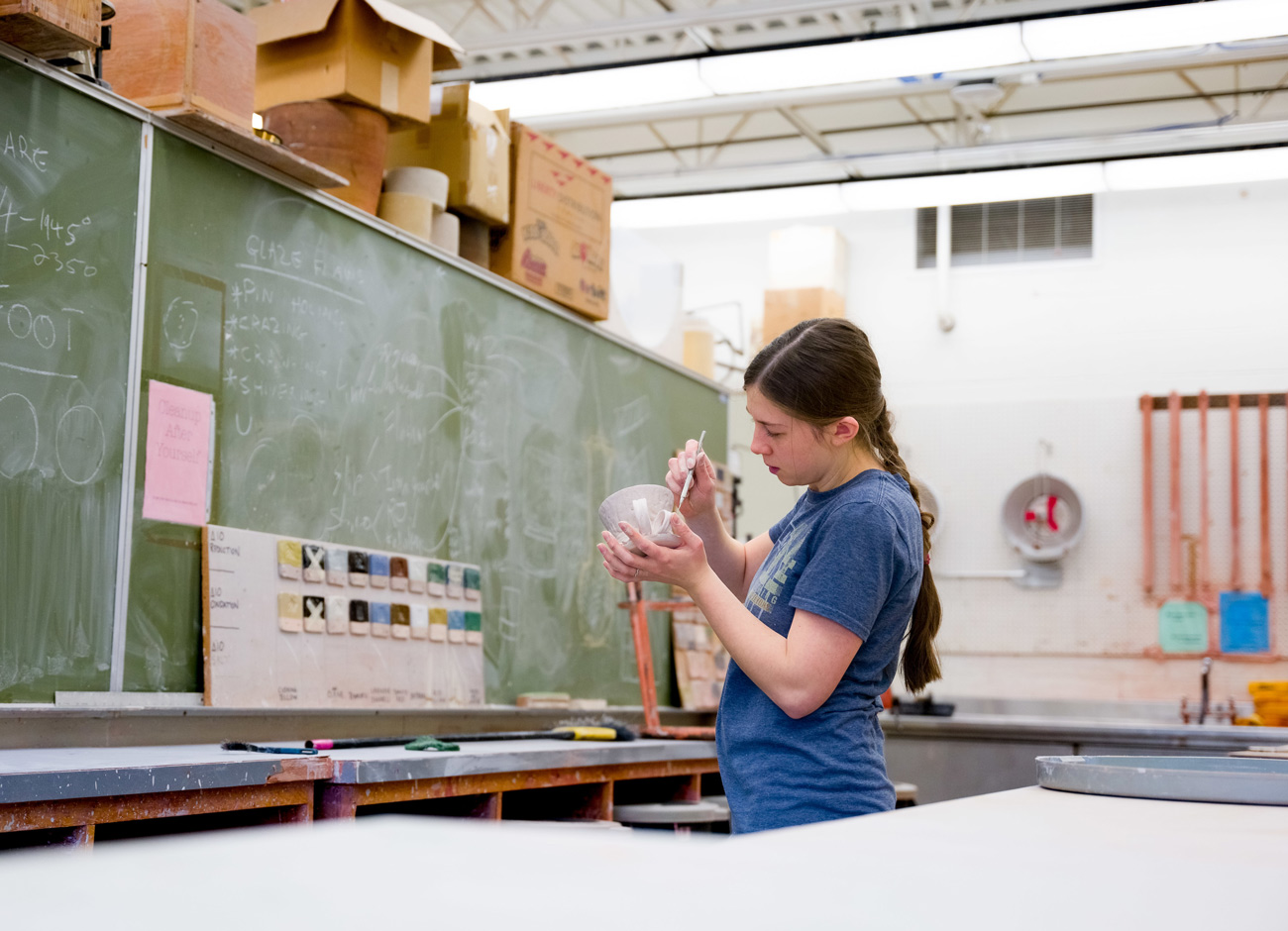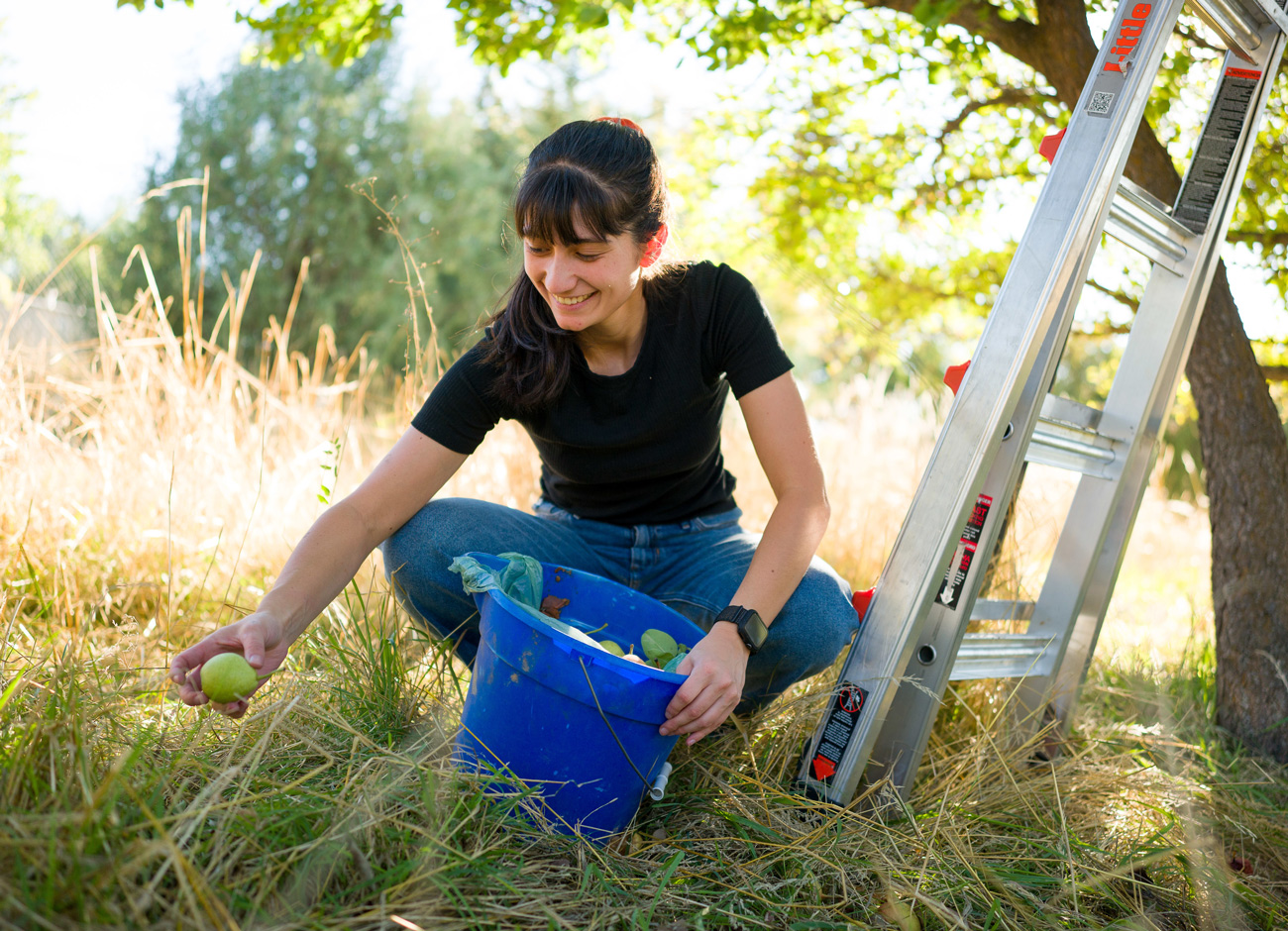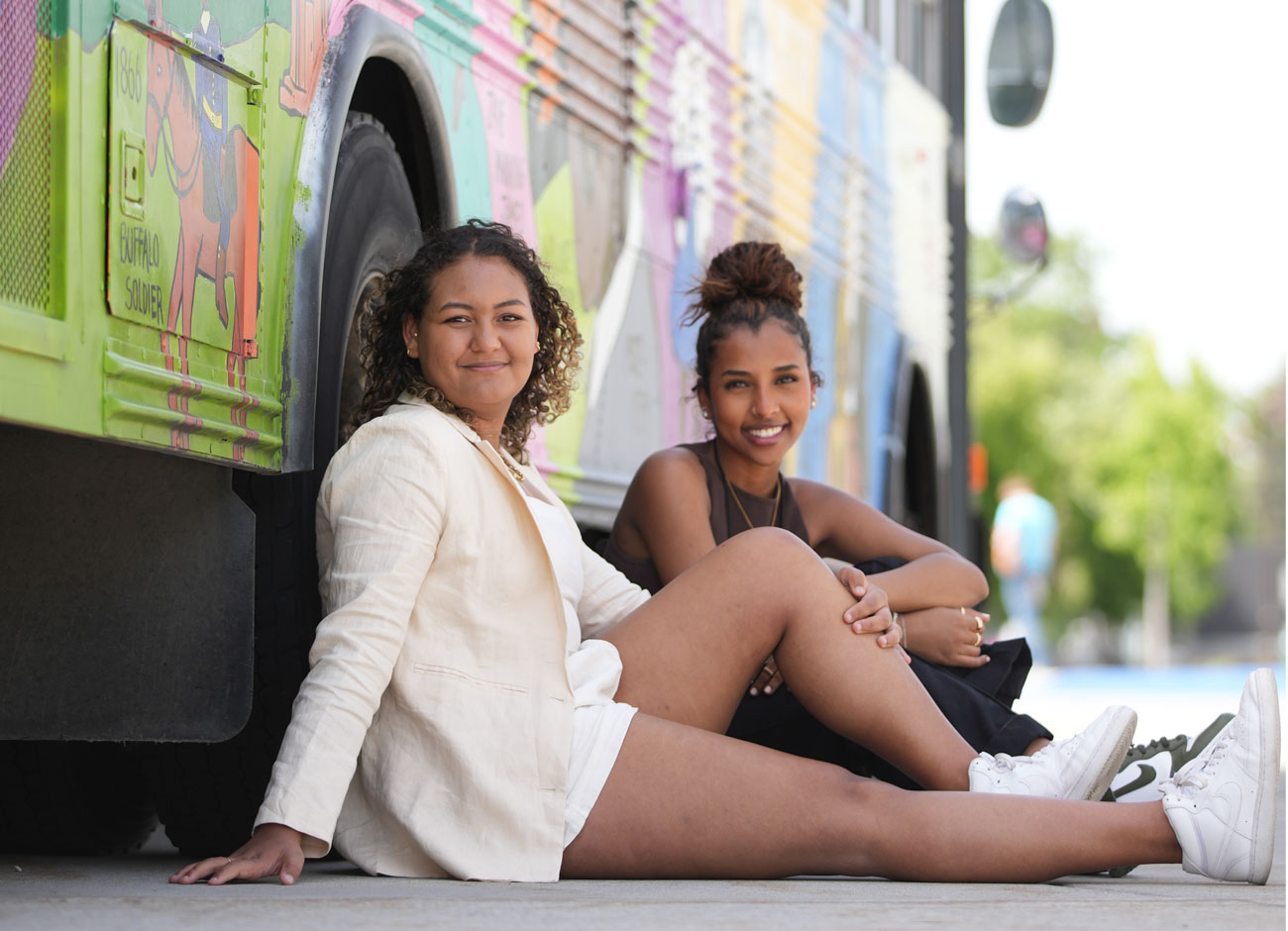Campus Scene: A Day to Celebrate USU Moab’s New Campus
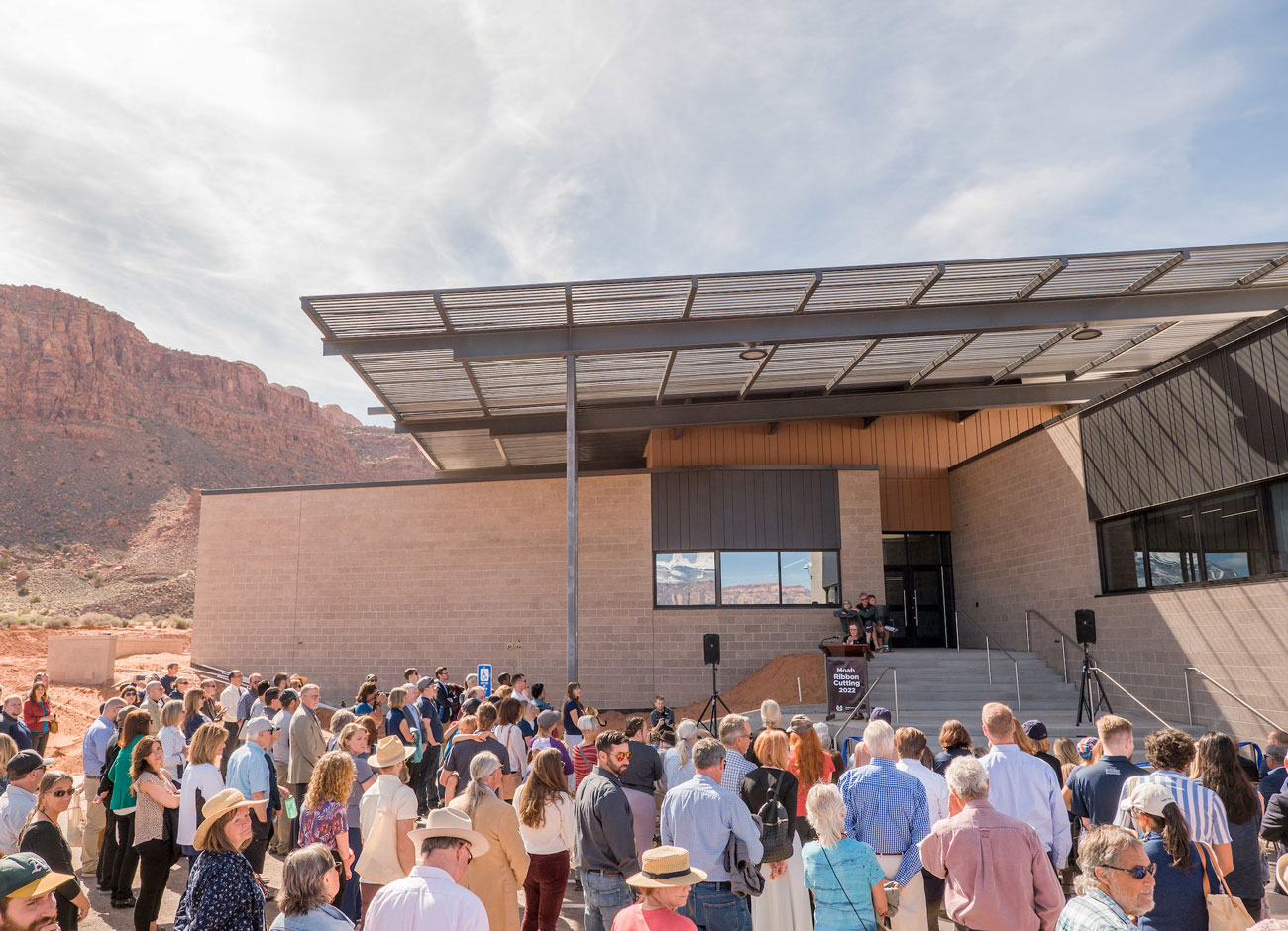
Sometimes, establishing a Utah State University campus in Moab felt like too big of a lift.
Steve Hawks, a sixth generation Moab resident and USU professor of health science and promotion, remembers when an Extension agent first planted the seed in the 1990s with long-time residents Ray and Ruth Holyoak, as a way to make a lasting difference for future generations.
At the time, Hawks was working out of small building downtown that shared space with the College of Eastern Utah. In 1995, the Ray and Ruth Holyoak Family Living Trust, gifted 20 acres to establish a future USU campus — a process that ultimately took nearly 30 years.
Over the years, the university worked with officials in Moab city and Grand County to create set aside funds for the campus, as well as the Utah School and Institutional Trust Lands Administration (SITLA) to create a master plan for the infrastructure. In 2014, while Hawks served as executive director of USU Moab, he oversaw a land swap with SITLA that involved expanding the site to 40 acres on more favorable terrain. Eight years later, the campus opened to the public on April 1, 2022.
“There were many times all along the way that it just seemed that there were too many moving parts, too many hurdles, too many pieces that involved too many different entities for it to ever really happen,” Hawks recalls. “To see this network of people and entities just keep at it and solve one hurdle at a time, solve one problem at a time, and finally get it in place — and it’s a beautiful building — is extremely fulfilling.”
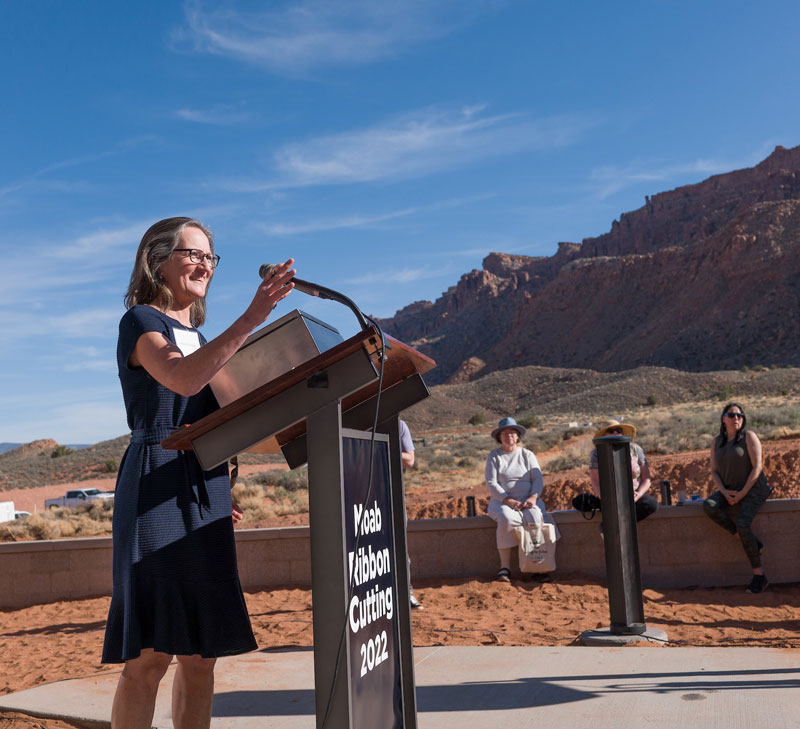
The Moab campus building is USU’s first net-zero energy, meaning it creates more energy than it uses. Estimates suggest it will produce 276,220kWh per year and prevent 196 metric tons of CO2 emissions from being released into the atmosphere. The campus building, constructed by MHTN Architects and Hogan & Associates Construction, uses solar energy, rain harvesting for native plant gardens, and water conservation measures — a critical sustainability component as Utah is in the midst of a 20-year drought.
The new campus enables USU Moab to offer more classes to the community, expand existing programs, and provide upgrades to classroom facilities for technical education programs such as fabrication and welding and science labs for nursing and health professions. It also houses USU Extension and the Moab Business Resource Center.
While most USU Moab students are considered post-traditional because they are over 25 when they enroll, Lianna Etchberger, associate vice president of USU Moab, says one hope is that the new campus will attract more traditional students, too, “who haven’t thought of college because it wasn’t something talked about in their family or they don’t think of themselves as college material.”
In 2017, she took over the USU Moab campus planning from Hawks and together they recently assembled documentation of the process for a time capsule planted at the opening. Etchberger reached out to area organizations and people to share stories of what life was like in 2022 for future Moab residents to read in 2072.
“I wanted there to be stories with every piece in there,” she explains. “I didn’t want it to be a dusty tangle of stuff that lost it’s meaning over the decades. I wanted people to talk to the audience of 2072. What do you want them to know about what is going on now? What are your hopes for them?”
Those stories will be available to read for the month of June and then sealed for the next 50 years. Read the contents before the digital capsule closes.
In the meantime, seed packets labeled Moab Natives and Aggie Blue Flax handed out to hundreds of people at the event April 1 will serve as a reminder of the potential of this place.
“The building is really special, in its sustainability and in the planning that we put into it,” Etchberger says. “I just want people to remember what the purpose of this building is the human beings that inhabit it and what they do and how they impact the community is special.”
By Kristen Munson
Photos by Levi Sim



